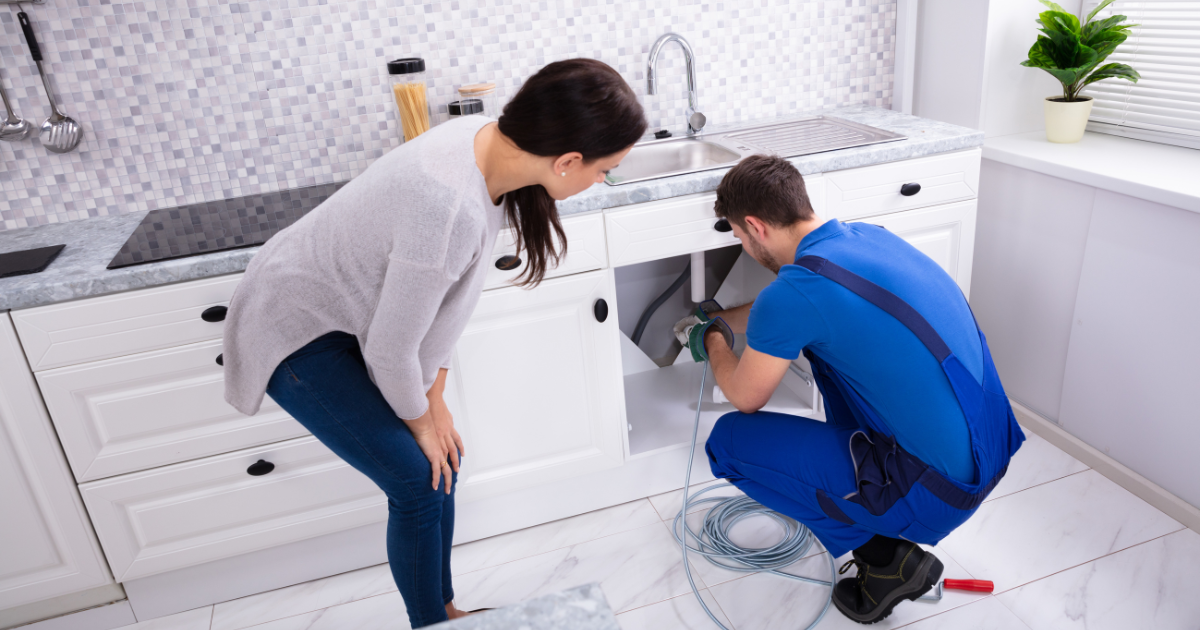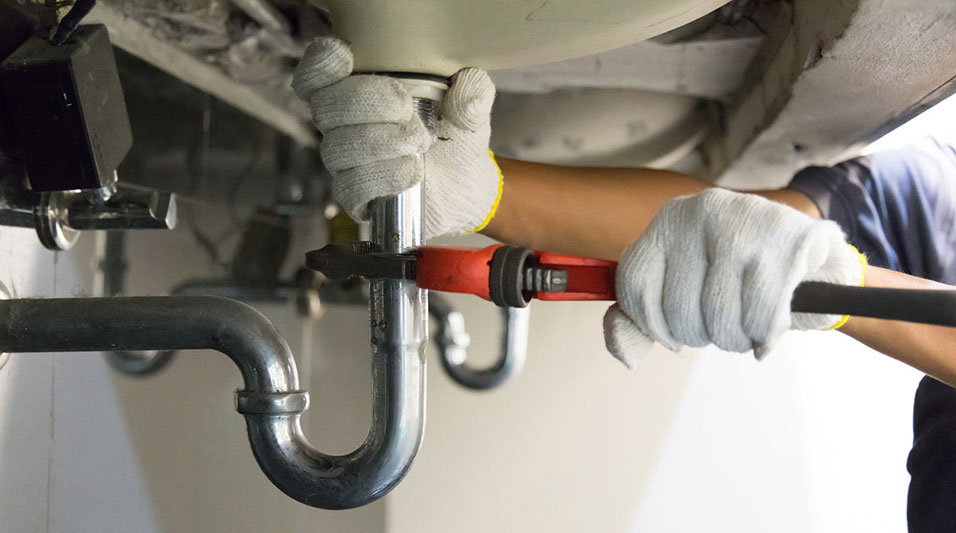They are making a number of good pointers regarding What I learned from trying to deal with a clogged drain overall in this great article following next.

Intro
Managing an obstructed drain can be an irritating experience, disrupting daily tasks and potentially triggering damage to your property. Nevertheless, prior to reaching out to pipes professionals, there are actions you can take to attend to the issue yourself. In this overview, we'll check out DIY options and safety nets to deal with a blocked drain successfully.
Recognizing the Problem
The initial step in attending to a blocked drain is recognizing the indicators. Slow-moving drainage, gurgling sounds, foul odors emanating from drains pipes, or water support up are common signs of a blocked drain. Recognizing these signs early can assist protect against additionally problems.
Typical Reasons For Obstructed Drains
Comprehending the factors that contribute to drain clogs is essential for efficient resolution. Common perpetrators include hair, soap residue, grease, food debris, and foreign objects like sanitary items or paper towels. Tree origins attacking below ground pipelines can also cause substantial clogs.
Do it yourself Solutions
For small blockages, numerous do it yourself solutions can be efficient. Pouring boiling thin down the drain can assist liquify oil and particles. Sodium bicarbonate and vinegar or a combination of salt and cooking soft drink can act as all-natural cleaners. Using a plunger or plumbing snake to displace obstructions is an additional option.
Devices and Tools
Having the right devices accessible can make DIY drainpipe cleaning up extra reliable. A plunger is a versatile device for getting rid of blockages in sinks, toilets, and showers. A plumbing serpent or auger can reach deeper obstructions, while drainpipe cleansing chemicals can be utilized meticulously for persistent blockages.
Preventive Measures
To stay clear of future obstructions, adopting preventive measures is critical. Install drain guards or filters to capture hair and particles before they go into the pipes. Regularly flush drains pipes with warm water to dissolve oil accumulation, and avoid throwing away oil or strong waste down the drain.
When to Call a Professional
While do it yourself solutions can resolve small clogs, specific signs show the demand for expert aid. Relentless obstructions, foul odors despite cleansing initiatives, or multiple drains backing up all at once are red flags that warrant expert intervention.
Choosing the Right Plumbing Solution
When choosing a pipes service, take into consideration factors such as experience, licensing, and client testimonials. Select a credible plumber with a record of high quality handiwork and clear pricing practices.
Price Factors to consider
The cost of expert drain cleaning services can vary relying on the intensity of the clog and the plumber's rates. Request quotes from several providers and ask about any service charges to make certain transparency and avoid shocks.
Security Precautions
When trying DIY drain cleansing, prioritize safety. Use safety gloves and eyewear to avoid contact with harmful chemicals or germs. Never mix different drain cleaning items, as this can generate unsafe fumes.
Situation Studies
Real-life examples show the effectiveness of do it yourself services and the value of prompt professional treatment in fixing drain blockages.
Verdict
By adhering to the pointers described in this overview, you can effectively deal with obstructed drains pipes and avoid future pipes problems. Whether choosing DIY options or looking for professional help, timely activity is crucial to maintaining a healthy and balanced plumbing system and protecting the integrity of your home.
How to Clear a Clogged Drain Yourself (And When to Call In the Professionals)
What Can Clog a Drain
Dirt Skin flakes Hair Grease Soap scum Food Offset pipes Tree roots Small objects Mineral buildup DIY Tricks to Unclog a Drain
You can fix this! Once you have identified the source of the clog (or have a vague idea), you can try one or a combination of these fixes in order to clear your plumbing.
Wire Hanger or Snake
Untangle and clear out hair from a drainpipe with a homemade snake. Use a straightened-out wire hanger with a 90-degree angle hook to locate the clog and drag out any unwanted material.
Remember not to push the clog further down to where the wire hanger cannot reach! If you need to follow up with a plunger, give it a try. Your efforts might be more successful after it’s been wire-snaked.
If you want to get fancy and don’t have a wire hanger to spare, head to the store and pick up a hand-operated drain snake. You can get one for $10-$30. It may save you the hassle, and provide additional length to reach deep into the clogged pipe.
Plunger
A cup plunger has a suction cup attached to a wooden handle. The rubber creates a seal around the drain, and increases the pressure force of the plunger.
Plunge for 30-second increments to loosen the clog. This may need to be repeated over the course of 15-20 minutes. Once plunged, run the water to flush the remaining material out of the drain.
Remember– never use a plunger if you have used a chemical drain cleaner. These chemicals can splash up from the force of the plunger and cause serious injury or burns.
Boiling Water
Hot water can sometimes break up materials into a flushable amount. Dirt, grease, and soap buildup requires heat in order to unstick from surfaces.
Take your kitchen kettle and heat your water to a boil. Once it reaches a rolling boil, pour it directly down the drain into the blockage. Carefully follow with plunging, if necessary.
Don’t worry if this takes more than one try! It can often take multiple kettles and repeated plunging in order to clear a particularly stubborn clog.
Chemical Drain Cleaner
As a last resort, pick up a bottle of chemical drain cleaner. Drain-cleaning chemicals are potent, and not very good for the environment.
You may need to wear protective eyewear in gloves before handling your bottle of chemical drain cleaner. Follow the instructions printed on the bottle, and flush with water as soon as the instructions allow. Do not follow with plunging.
Baking Soda and Vinegar
As a safer alternative to chemical drain cleaner, baking soda and vinegar can create a chemical reaction that clears tough clogs.
Combine one cup of cleaning vinegar with one cup of boiling water, and set aside. Once you have done this, pour half a cup of baking soda down the drain. Give the baking thirty seconds to settle and cover a large portion of the problem drain.
Following the baking soda, pour down your vinegar and hot water solution. Once the vinegar and baking soda combine, the mixture will bubble and fix. Let this reaction fizzle in the drain for about an hour.
After an hour, follow with a kettle’s worth of hot water. The heat and liquid should flush out any remaining material.
When to Call a Plumber
If your DIY attempts haven’t cleared your clog drain, it’s time to call in a professional. It’s not worth losing access to your kitchen sink or high-traffic bathroom. A clog in a vital area can keep you from the things you’d rather be doing, and derail your routine.
Anytime a clog is causing water to spread is a time to call in a plumbing service. What starts out as a little bit of water can quickly grow into serious, expensive water damage.
Additionally, a serious clog can result in burst pipes or serious leaks. Make sure you know when to take it seriously!
https://myguysnow.com/how-to-clear-a-clogged-drain-yourself-and-when-to-call-in-the-professionals/

I found that content on Some easy tips to fix blocked drains while doing a lookup on the search engines. Do you know about somebody who is interested by 8 Tips For Clearing A Blocked Drain? Please feel free to promote it. We enjoy reading our article about What I learned from trying to deal with a clogged drain.
Book